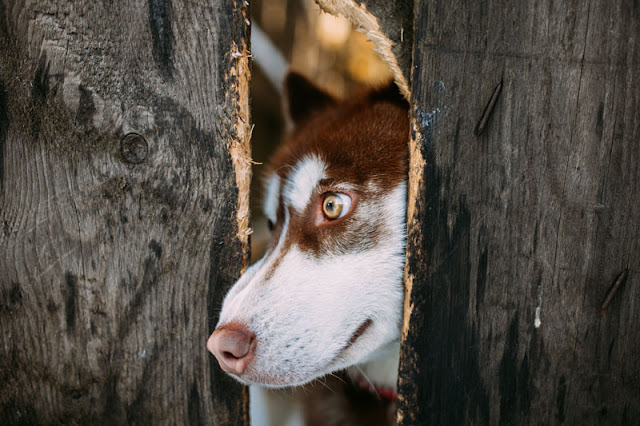Food Enrichment for Cats
Cats are natural predators, so how can you satisfy a
domestic cat’s hunting instinct? A new study investigates the use of food –
specifically, sirloin – dangled on wires as a form of enrichment for a captive
colony of cats. The results are useful for the average cat owner as well as for
animal shelters.
By Zazie Todd, PhD
This page contains affiliate links which means I may earn a commission on qualifying purchases at no cost to you.
As an Amazon Associate I earn from qualifying purchases.
 |
| Photo: Damien Richard / Shutterstock |
By Zazie Todd, PhD
This page contains affiliate links which means I may earn a commission on qualifying purchases at no cost to you.
The study by Juliana Damasceno and Gelson Genaro (University
of São Paolo) took place at a captive cat colony in São Paolo, Brazil. The 35 cats
that participated in the study had all lived as a captive colony for four
years, in a caged outside enclosure. One of the experimenters was already very
familiar to the cats since she had spent some years helping to take care of
them.
Previous work has shown that food can be used as enrichment
for cats, but there are individual differences in how cats interact with such
items. One of the aims of this study was to look at those differences, and see
if changes to the enrichment program would lead to more cats interacting with
the items.
The enrichment item chosen for the study was sirloin. It was
suspended on a wire so that it was off the ground but the cats could still
reach it. It was provided for two-hour periods at different times of day to see
if the cats had preferred times of day to investigate it. The scientists also
looked at differences between having one and three suspended pieces of sirloin.
26 cats spent time interacting with the sirloin, while the
other 9 did not. Cats interacted with it more in the mornings compared to
afternoons. Cats tend to be more active in the mornings, and less active (or sleeping)
during the afternoons, so this is as expected.
More cats interacted when there were three separate sirloin
stations, compared to just one. This is not surprising since having more items
meant that more than one cat could interact with an item at once.
It turned out that certain cats tended to monopolize the
sirloin. It seems unlikely the other cats did not like sirloin, although it is
possible. However it could be that they were not able to gain access when other
cats were there. So the scientists tried another version of the experiment, and
took away the eight cats that interacted with it the most. They found this
meant other cats, that had not previously interacted, began to do so. This
shows they were interested in the food, just not able to get access before.
Nobody expects the average cat owner to suspend meat from
the ceiling for the benefit of their feline, but there are take-aways for pet
owners. One is simply that food puzzle toys can be used as an enrichment item. Most people
feed their cats at set times each day, which means the cat does not have to do
anything to get food. There are many puzzle toys on the market, and it is also
easy to make your own simple activities for cats. For example, putting wet food
in cupcake holders and hiding it in the house for your cat to find, or
constructing puzzles from used cardboard tubes in which you can hide treats.
The other message from this study is to make sure there are
multiple enrichment items in multiple-cat households. The same would apply to
shelter situations, in which cats are often housed in groups.
The American Association of Feline Practitioners and the International Society for Feline Medicine (Ellis et al 2013) have some wonderful ideas about how
to satisfy a cat’s environmental needs, available in full online, with a nice client handout. Like Damasceno and Genaro (2014), they say it is important to have
multiple locations for resources in households with multiple cats, and to think
carefully about their placement.
They say, “Providing multiple
environmental resources that are out of view of other resource locations allows
cats easy access and gives them a sense of control. Environmental resources
include food, water, toileting areas (litterboxes or trays), rest and sleep
areas, and elevated areas (perches).”
If you liked this post, check out my book Purr: The Science of Making Your Cat Happy. Dr. Sarah Ellis says, "Purr is definitely a book your cat would want you to read!"
What do you do to enrich your cat’s environment?
References
Damasceno, J., & Genaro, G.
(2014). Dynamics of the access of captive domestic cats to a feed
environmental enrichment item. Applied animal behaviour science, 151, 67-74.
Ellis, S. L., Rodan, I., Carney, H.
C., Heath, S., Rochlitz, I., Shearburn, L. D., ... & Westropp, J. L.
(2013). AAFP and ISFM feline environmental needs guidelines. Journal of feline medicine and surgery, 15(3), 219-230.
As an Amazon Associate I earn from qualifying purchases.




